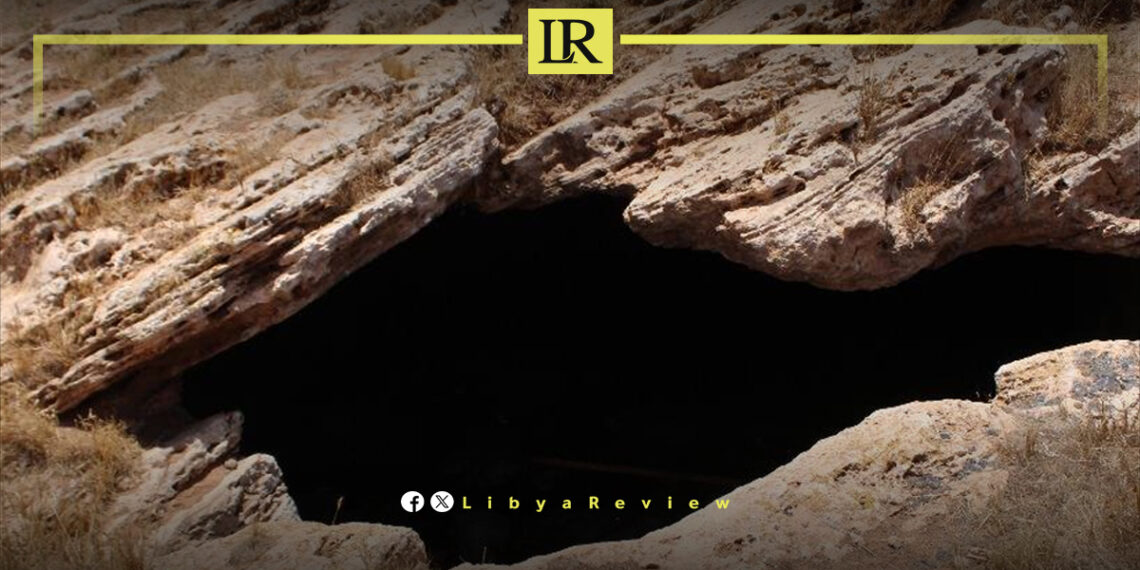A joint archaeological team from the Departments of Antiquities in Benghazi and Tokra has announced the discovery of an ancient Roman settlement and a historical burial cave in northeastern Libya.
The site, known locally as “Haqfat Lusayq,” is located between the regions of Qabr Jirah and Boumrim, just northeast of Benghazi.
The field mission revealed multiple layers of archaeological interest. The centerpiece of the discovery is a cave containing ancient inscriptions and carvings etched into the stone walls, believed to be part of a historical burial site. These markings suggest the cave was used as a tomb during different eras, possibly spanning centuries of Libyan history.
Close to the cave, researchers uncovered the remnants of a Roman settlement, including the foundations of stone buildings, an olive press, and signs of past agricultural and commercial activity. Experts believe this is evidence of a thriving Roman-era community engaged in farming and trade, strategically positioned in the fertile valleys east of Benghazi.
The archaeological team identified the name of the settlement as “Grosin,” a reference to the adjacent valley. This previously undocumented site adds an important location to the map of Roman heritage in Libya and opens new avenues for exploring Roman influence in the eastern Mediterranean basin.
This discovery reinforces Libya’s position as a country rich in cultural and historical depth, home to multiple civilizations over millennia. It also underscores the urgent need to document and protect these vulnerable sites, especially given the challenges facing heritage preservation in the country.


